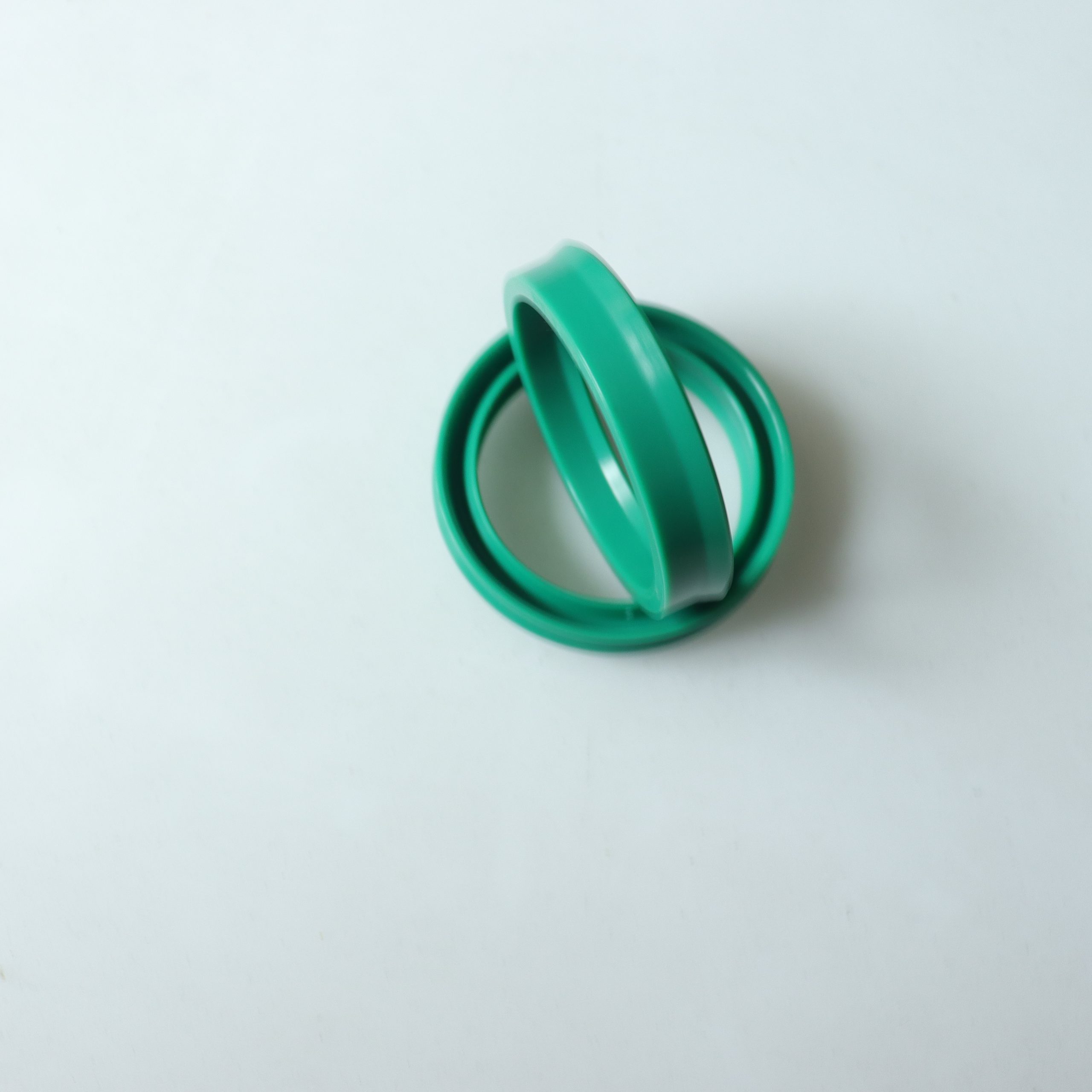How do you store rubber products?
Storage of Rubber Sealing Products: Professional Guidelines and Best Practices
Proper storage of rubber sealing products directly impacts product performance and service life. As critical components in industrial applications, the storage of rubber sealing products requires scientifically-based warehouse management protocols. This article details comprehensive storage guidelines from environmental control to inventory rotation.
I. Environmental Control Standards
- Precision Temperature/Humidity Control Maintain storage temperature below 30℃ (ideally 15℃) with minimum 1m clearance from heat sources. For cryogenically stored products, avoid mechanical distortion during handling and allow 24-hour temperature equilibration before use. Keep relative humidity below 80% using professional dehumidification systems to prevent condensation.
- Lighting Management Install UV-filtered warehouse windows and prioritize incandescent lighting. Strictly avoid mercury vapor lamps and fluorescent fixtures that emit UV radiation and potential ozone contamination.
- Ozone Protection System Implement triple-layer protection: prohibit ozone-generating equipment (high-voltage devices, motors), install gas detection alarms, and conduct regular ventilation checks. Establish separate containment zones for volatile organic compounds.
II. Product Protection Protocols
- Physical Protection Measures Store all seals in natural shapes using customized racks with 150% vertical clearance. Use shock-absorbent packaging during transit to prevent mechanical stress damage.
- Contamination Prevention Implement material-based zoning with PE film barriers between active metals (copper, manganese). Use only pH-neutral cleaners (6-8 range), strictly prohibiting hydrocarbon solvents.
III. Advanced Warehouse Solutions
- Smart Inventory Rotation Adopt FIFO systems with batch QR code tracking. Utilize WMS for real-time monitoring, maintaining ≤90-day turnover. Establish special alerts for unique compound products.
- Certified Packaging Use double-layer protection: anti-static PE inner bags with corrugated outer boxes. Select 200-mesh+ talcum powder after chemical compatibility testing.
IV. Emergency Procedures
Activate environmental controls when thresholds are exceeded. Initiate forced ventilation for ozone levels >0.1ppm with source identification. Conduct monthly environmental audits with 12-month data retention.
Through scientific storage of rubber sealing products management, companies can reduce product loss rates significantly. Industry data shows proper storage extends rubber product lifespan by 40%+. Conduct quarterly management reviews for continuous optimization.

